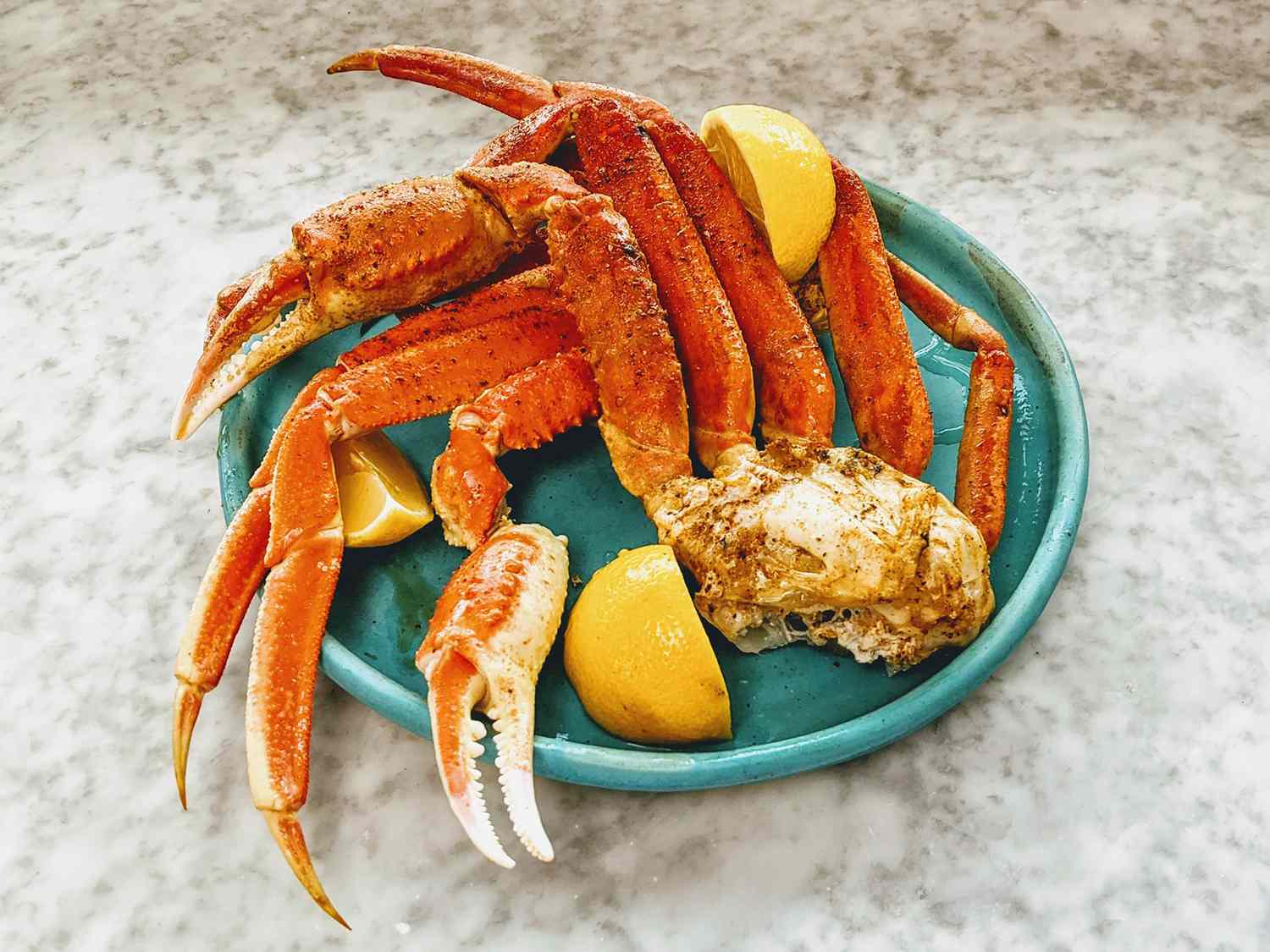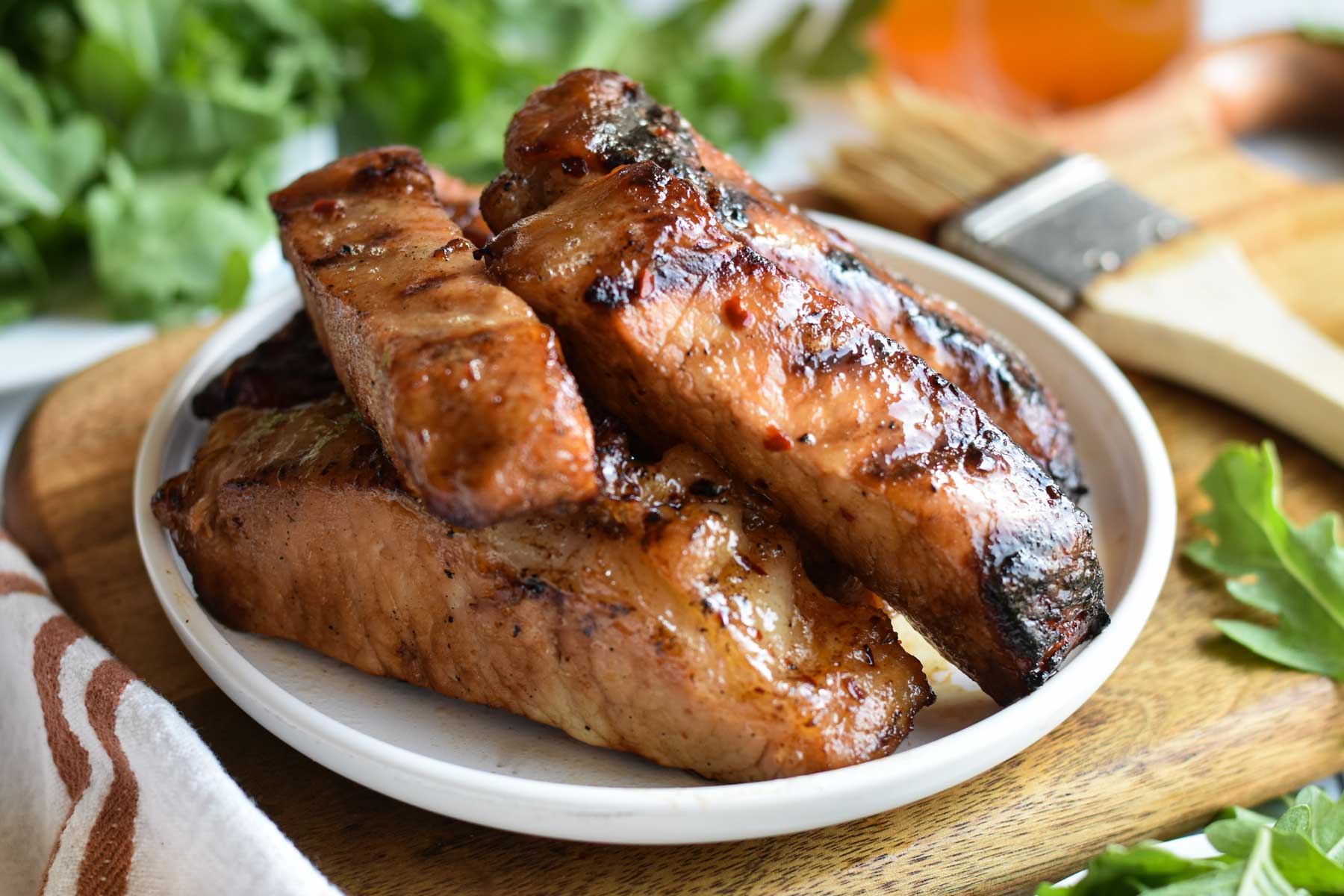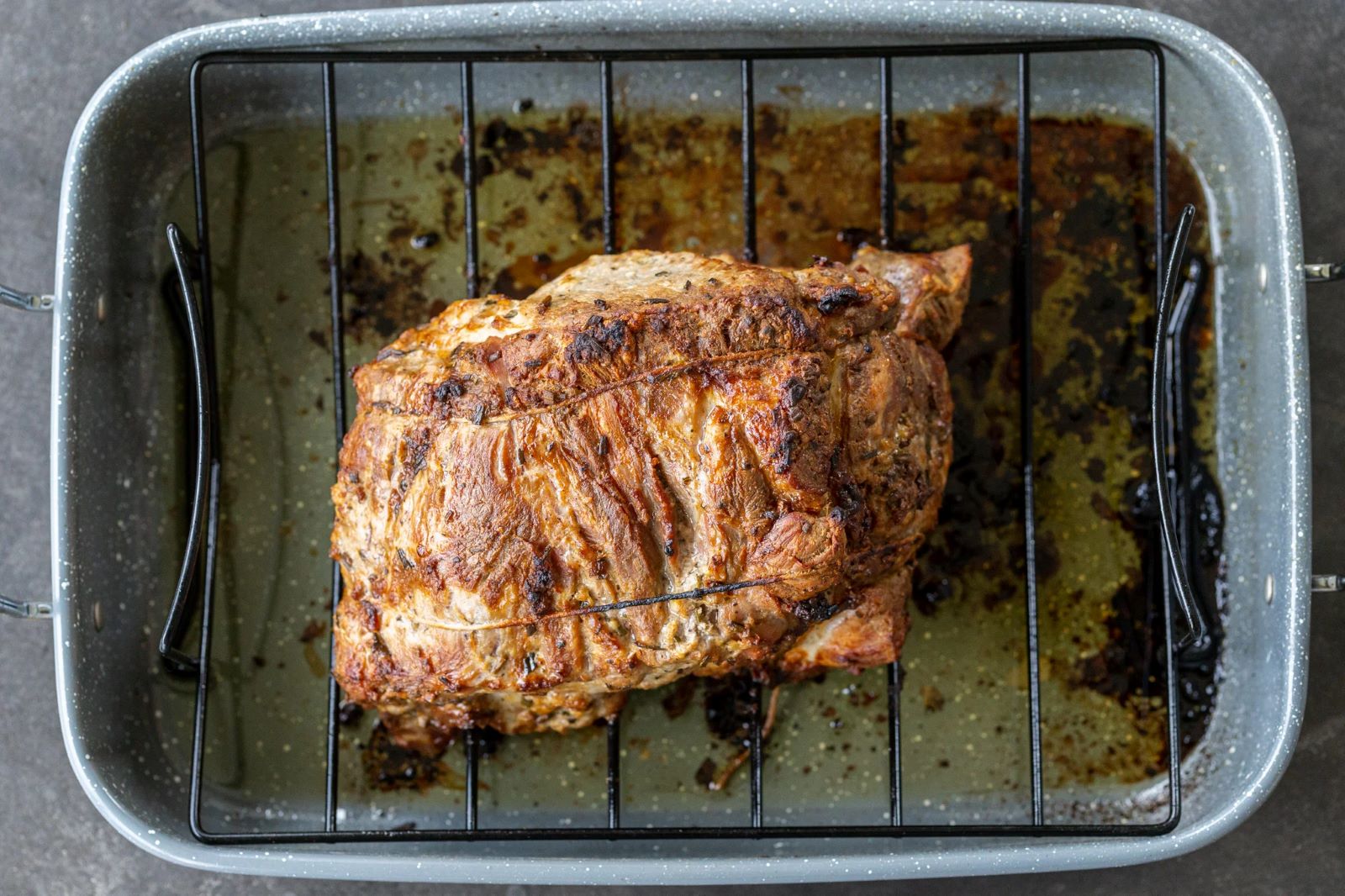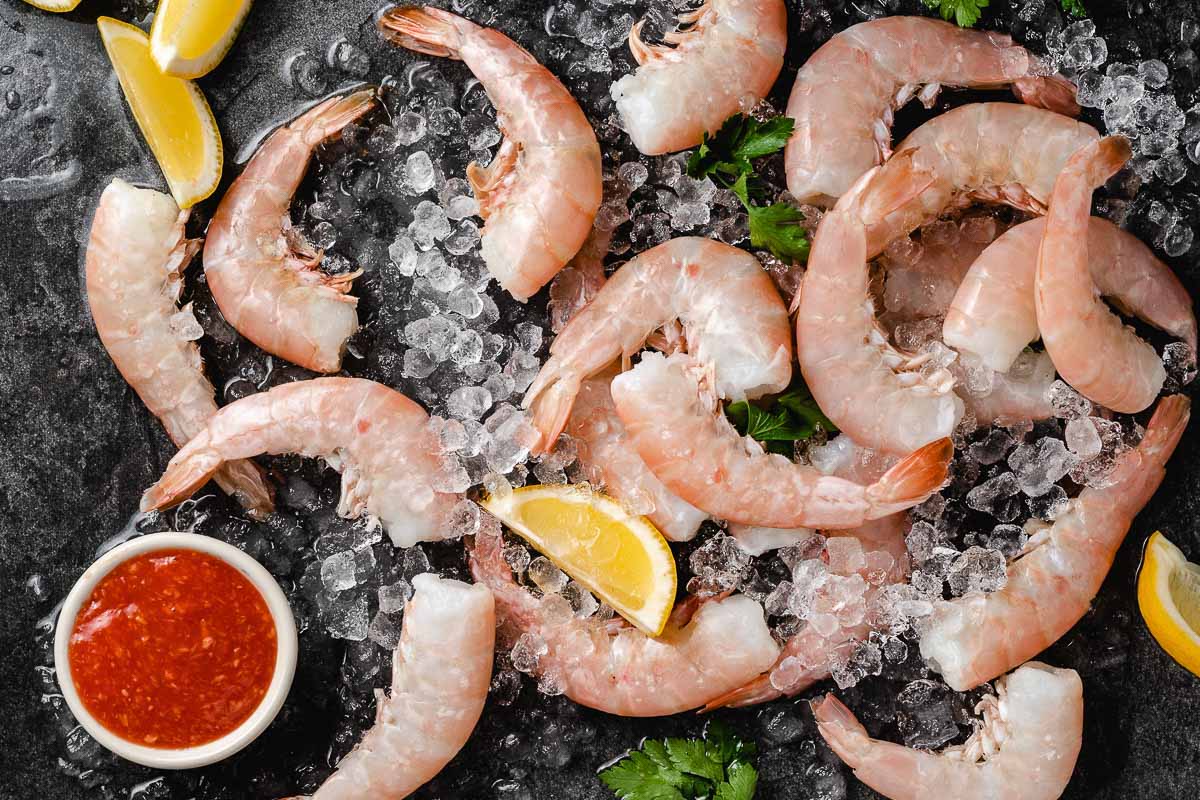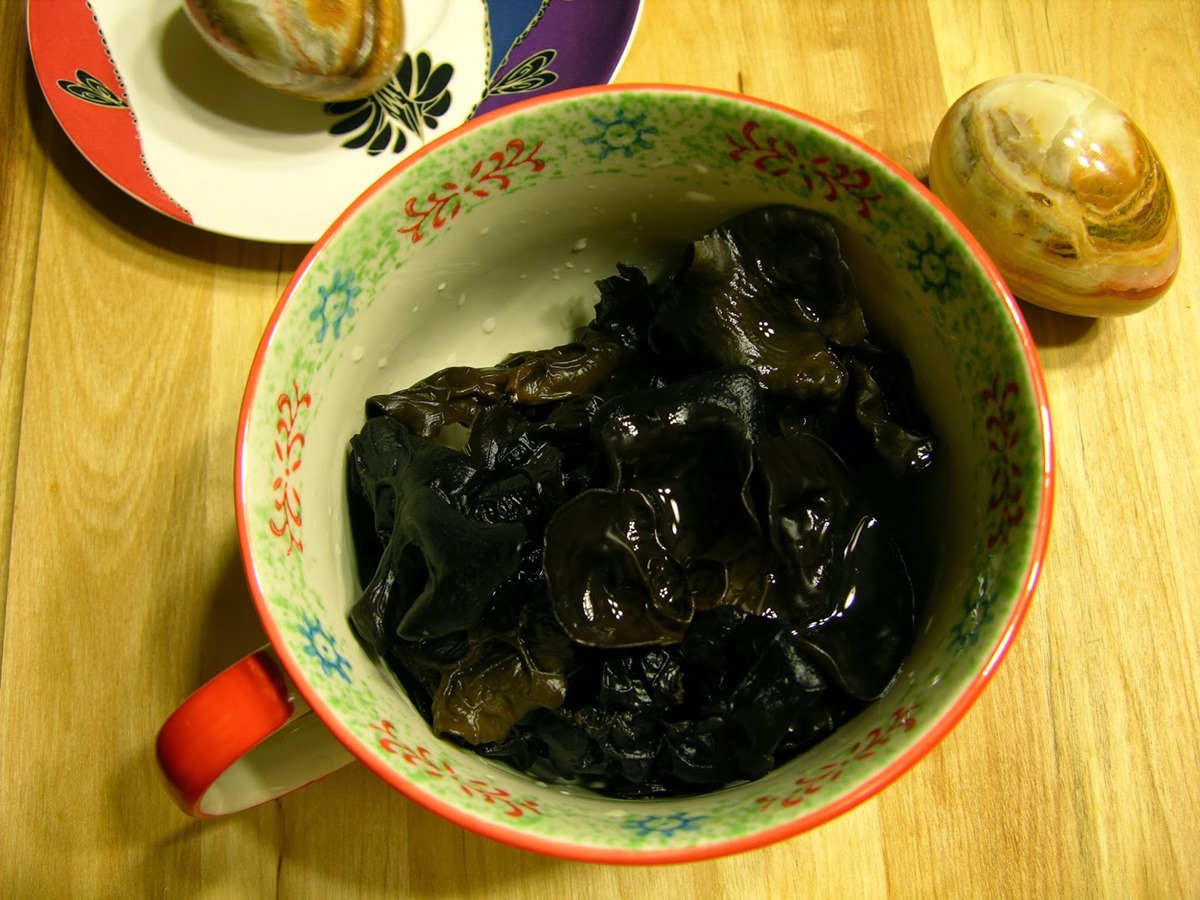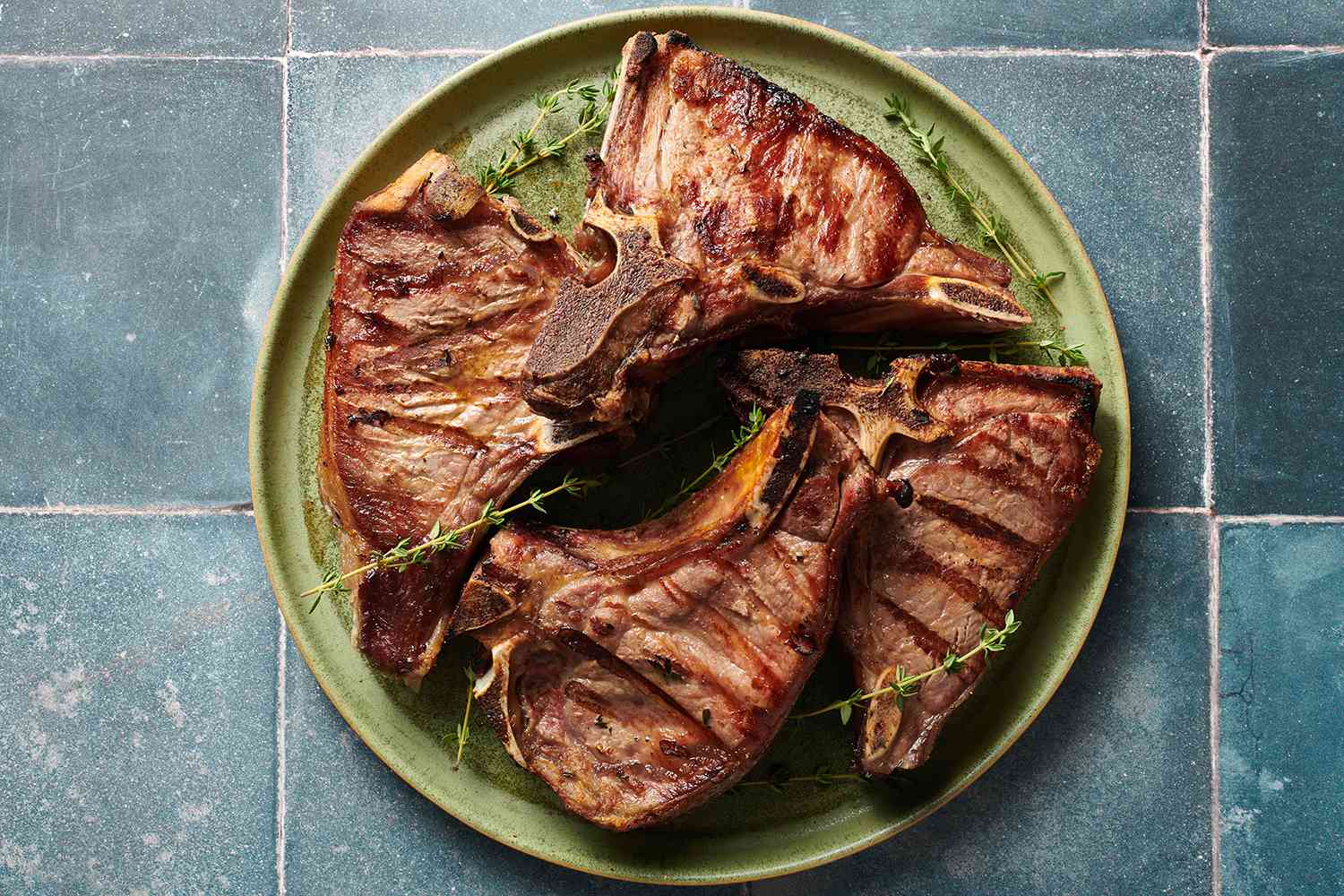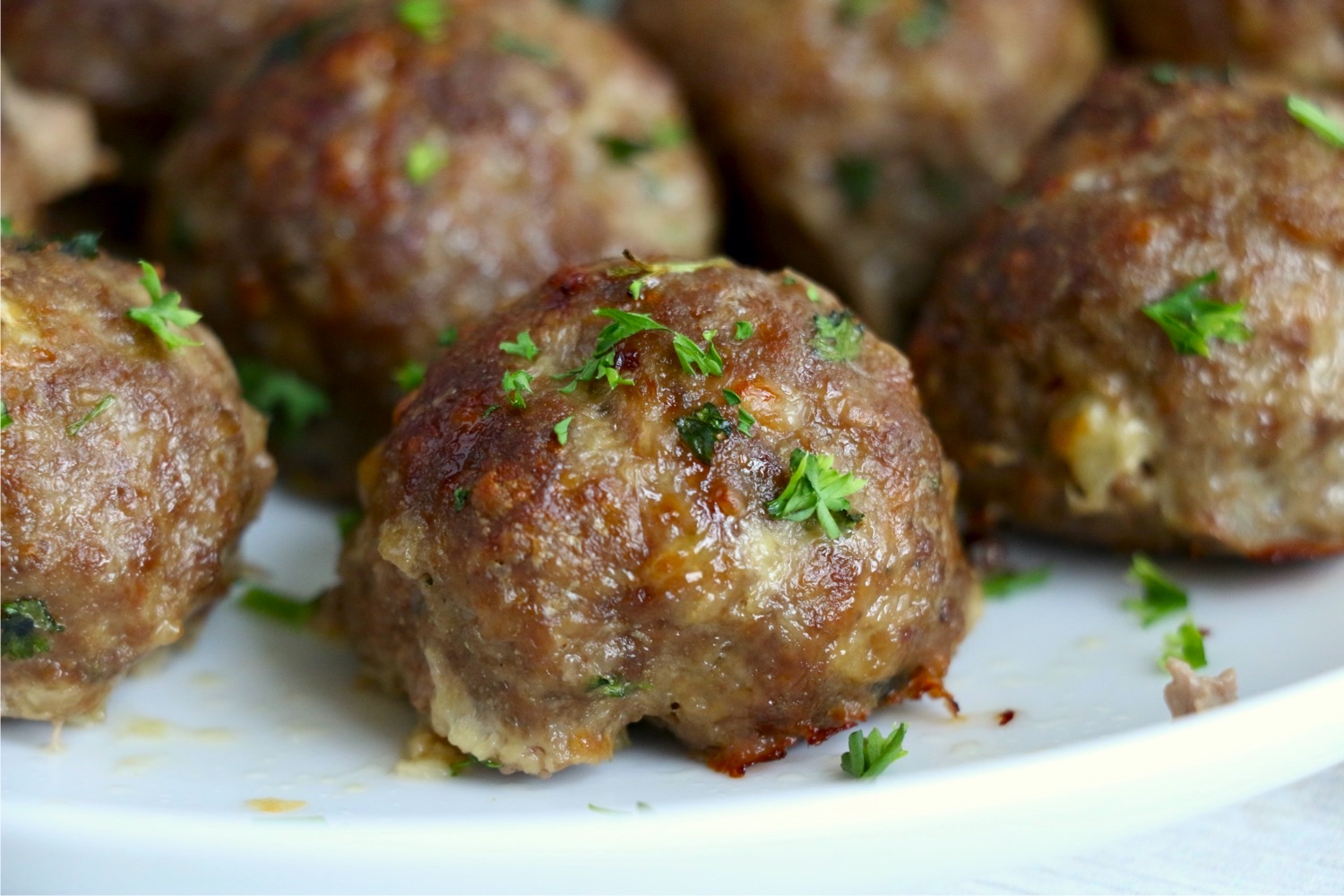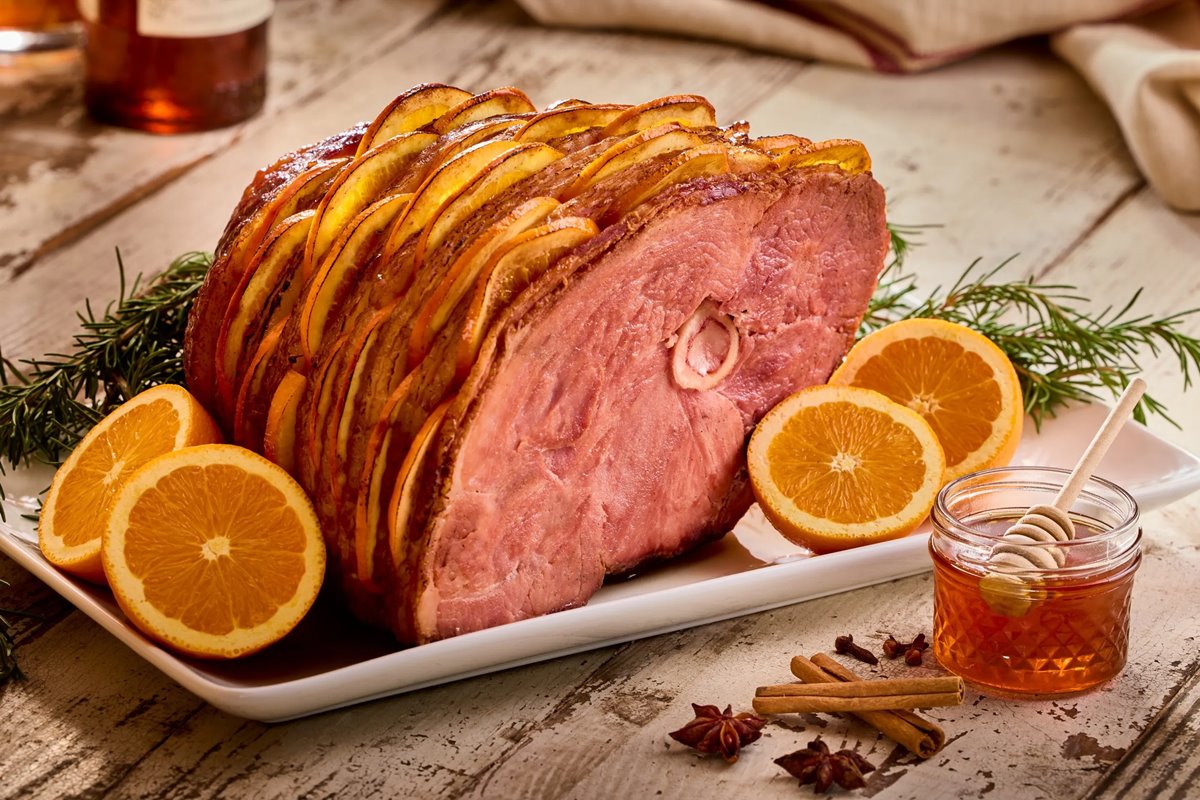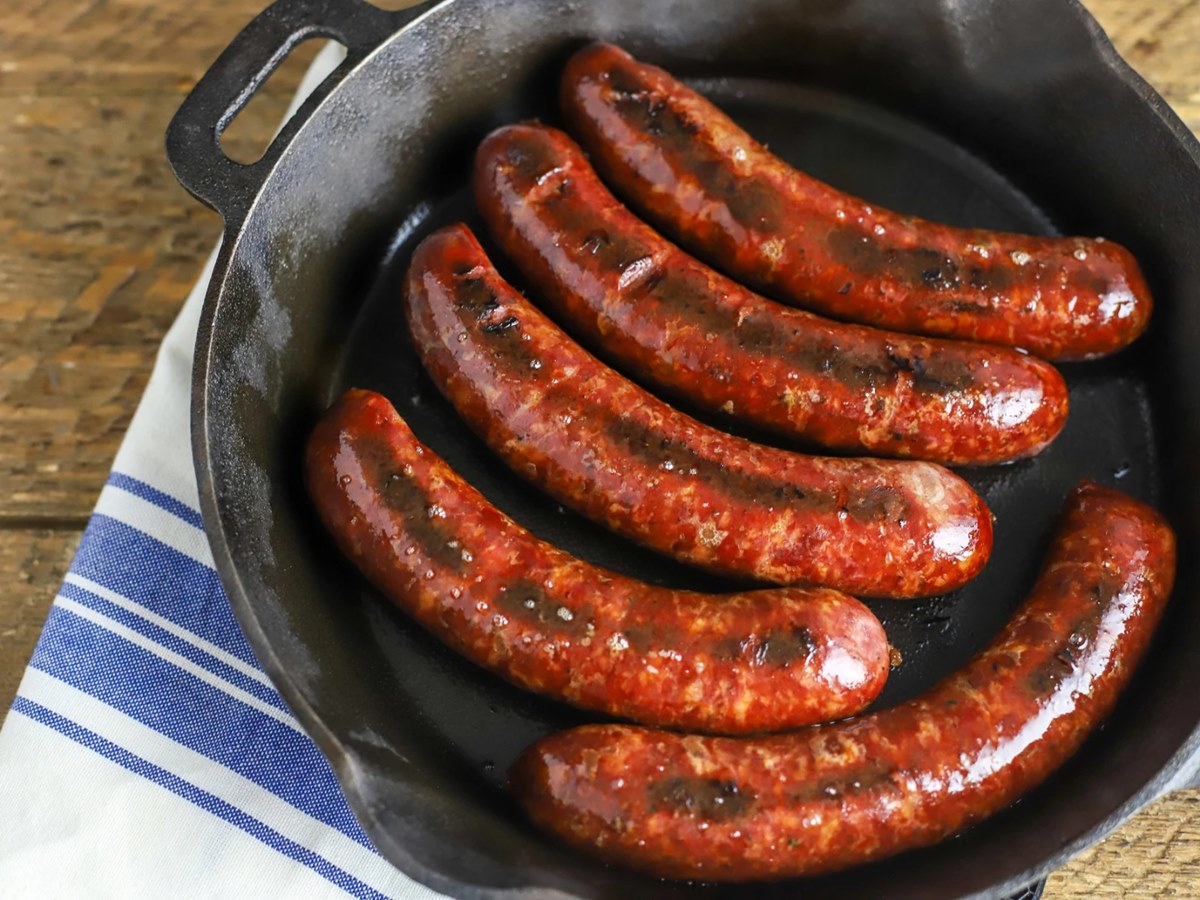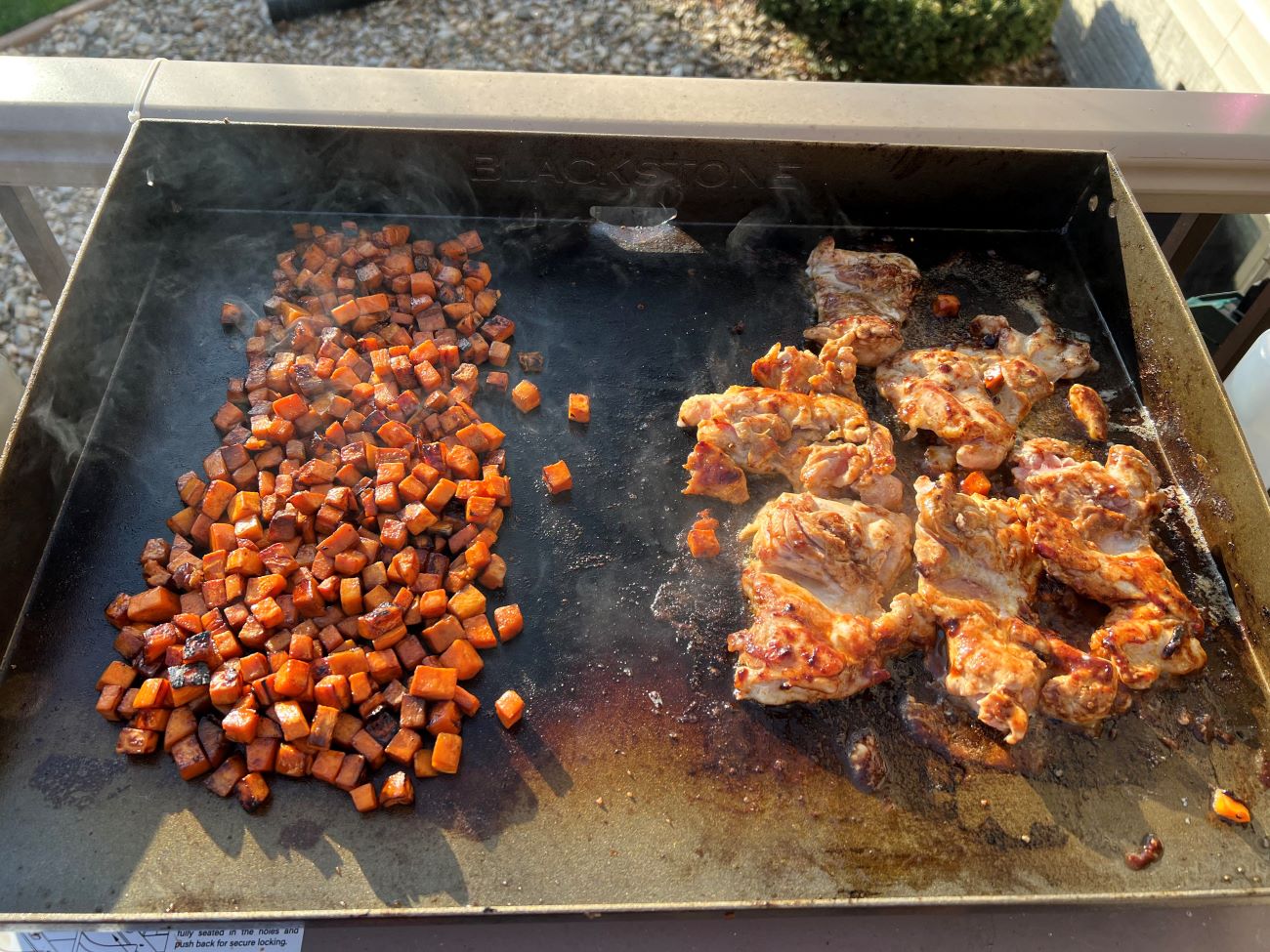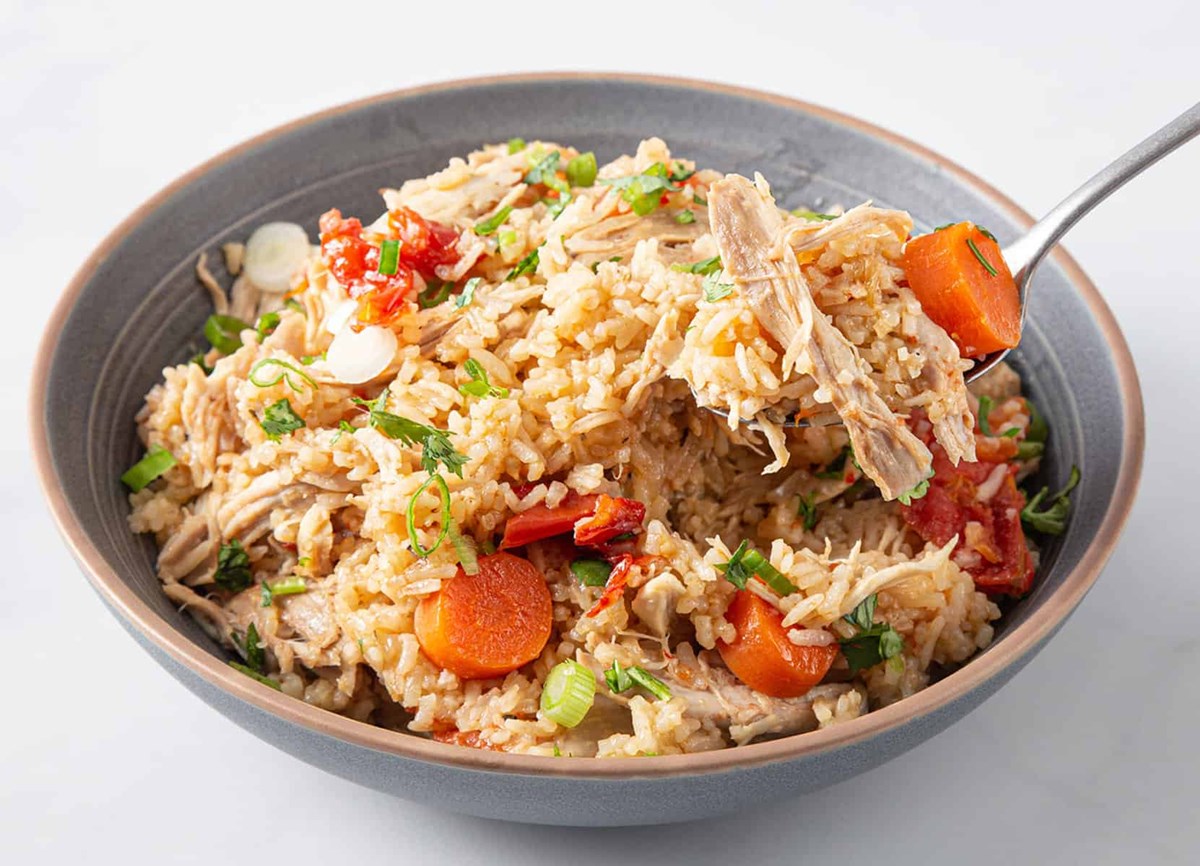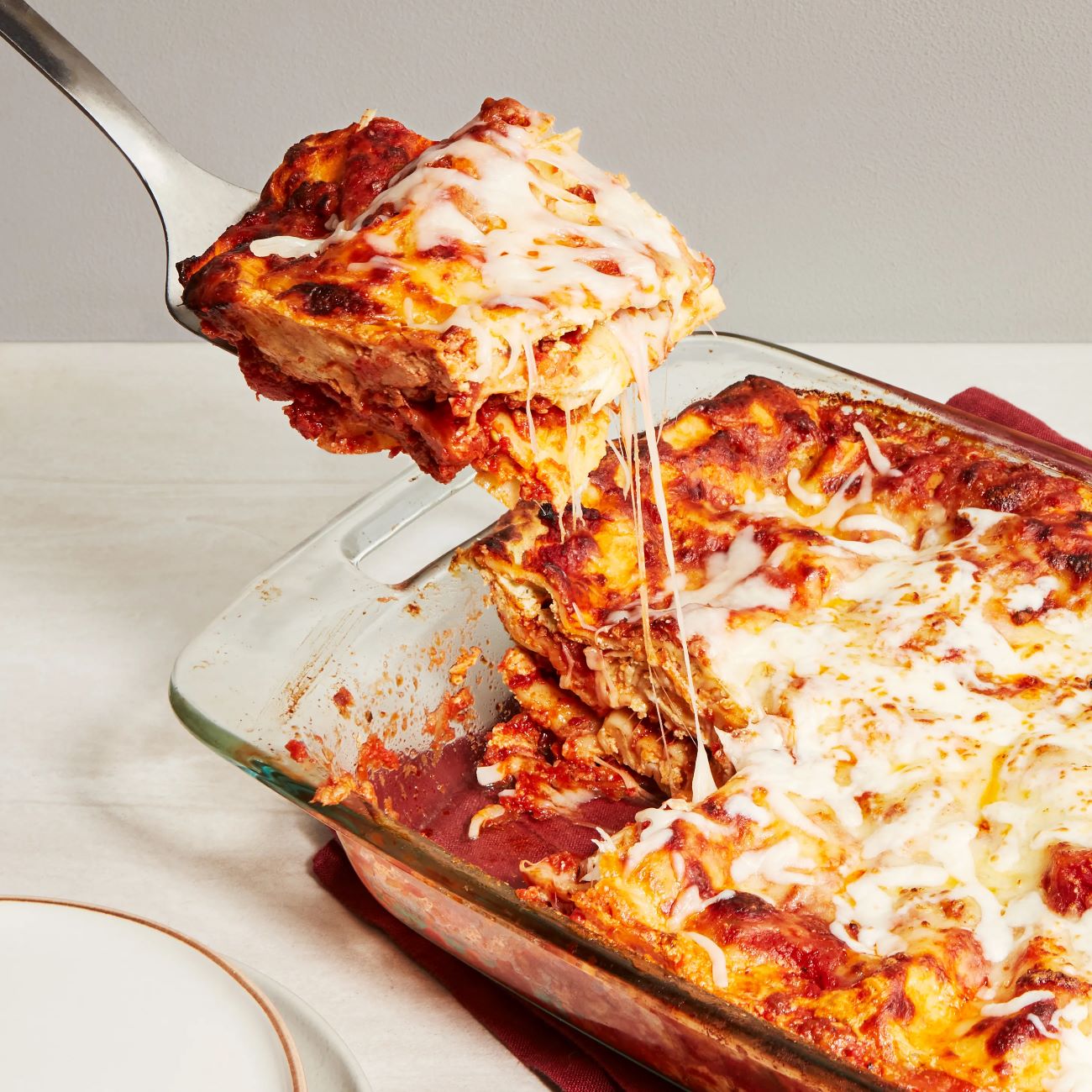Unlock the Secrets of Cooking Vacuum Sealed Food
Cooking is not just an art; it’s a science. And when it comes to preserving the flavor, texture, and nutrients of your food, vacuum sealing is the ultimate game-changer. Whether you’re a seasoned chef or an at-home cooking enthusiast, learning how to cook vacuum-sealed food can open up a world of culinary possibilities.
So, let’s dive into the secrets of cooking with vacuum-sealed food and discover how this technique can elevate your meals to a whole new level.
The Magic Behind Vacuum Sealing
Vacuum sealing offers multiple benefits when it comes to food preservation. By removing the air from the package, vacuum sealing helps to prevent oxidation and bacterial growth, extending the shelf life of your favorite ingredients. But that’s not all – vacuum sealing also helps to retain the natural flavors and moisture of the food, resulting in a more intense, tender, and succulent final product.
Choosing the Right Ingredients
When it comes to vacuum-sealed cooking, the sky’s the limit. You can vacuum seal a wide range of ingredients, including meats, fish, vegetables, fruits, and even sauces or marinades. However, it’s essential to select fresh, high-quality ingredients to ensure the best culinary experience.
Remember, vacuum sealing magnifies the flavors of your food, so opt for ingredients that are rich in taste and aroma. Look for vibrant colors, firm textures, and fresh smells to guarantee a delicious end result.
Preparing Your Vacuum Sealed Food
Before you start cooking with your vacuum sealed ingredients, there are a few essential steps you should follow:
- 1. Seasoning: Take the opportunity to season your ingredients before vacuum sealing. This allows the flavors to infuse into the food as it cooks.
- 2. Portioning: Divide your ingredients into individual or family-sized portions. This makes it easier to cook and serve later on.
- 3. Double Bagging: To ensure a secure seal, consider double bagging moist or liquid-rich foods to prevent any potential leaks.
Cooking Techniques and Tips
Now comes the exciting part – cooking your vacuum-sealed food! Depending on the ingredients you’re working with, there are various techniques you can explore:
- Sous Vide: This French method involves cooking vacuum-sealed food in a temperature-controlled water bath. The gentle heat ensures even cooking, resulting in juicy meats, perfectly cooked vegetables, and beautifully tender fish.
- Steam Cooking: For vegetables or delicate seafood, steaming is an excellent choice. Simply place the vacuum-sealed pouch in a steamer basket and cook until tender and flavorful.
- Pan-searing or Grilling: For meats that benefit from a crispy exterior, such as steaks or chicken breasts, you can sear them in a hot pan or grill after cooking in the vacuum-sealed pouch. This technique adds a delightful caramelized crust to your dish.
Remember, cooking times and temperatures will vary depending on the specific ingredients, so it’s always a good idea to consult recipes or cooking guidelines for best results.
Unveiling Culinary Delights
Once your vacuum-sealed food is cooked to perfection, it’s time to unveil the magical flavors and aromas that have been preserved within.
Gently remove the food from the vacuum-sealed pouch, taking in the mouthwatering scents that will surely whet your appetite. Plate your dish with care and garnish it with fresh herbs or a drizzle of sauce to enhance the visual appeal.
Now, with each bite, let the explosion of flavors and textures transport you to culinary bliss.
The Joys of Cooking with Vacuum Sealed Food
Learning how to cook vacuum sealed food empowers you to experiment with different ingredients, flavors, and cooking techniques. Aside from enhancing the taste and quality of your meals, vacuum sealing also promotes efficient meal planning, reduces food waste, and simplifies the cooking process.
So, why not dive into the world of vacuum-sealed cooking and unlock a realm of culinary delights that will leave your taste buds craving for more?
Remember, cooking is an adventure, and vacuum sealing is your passport to flavorsome excellence!
Explore More Recipes and Uses
Now that you've mastered the basics of cooking vacuum-sealed food, why not put your skills to the test with a variety of exciting recipes? From succulent meats to delicate desserts, our guide includes several dishes designed to enhance your sous vide experience. Try the Perfectly Cooked Sous Vide Steak for a perfectly cooked, flavorful meal that showcases the precision of sous vide cooking. Alternatively, the Refreshing Sous Vide Salmon offers a refreshing twist on seafood that is both healthy and delicious. For those with a sweet tooth, the Creamy Sous Vide Cheesecake is a must-try, delivering an impeccably smooth and creamy dessert. Each recipe promises to deliver exceptional taste and texture, making them perfect candidates for your next culinary adventure.
Was this page helpful?
Read Next: How To Cook Veal Breast Bone-In
